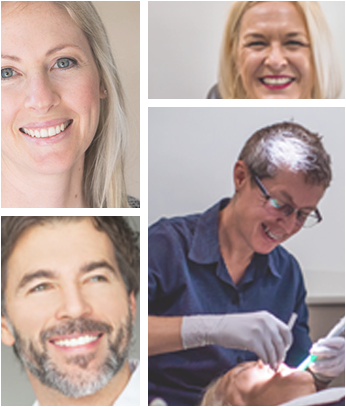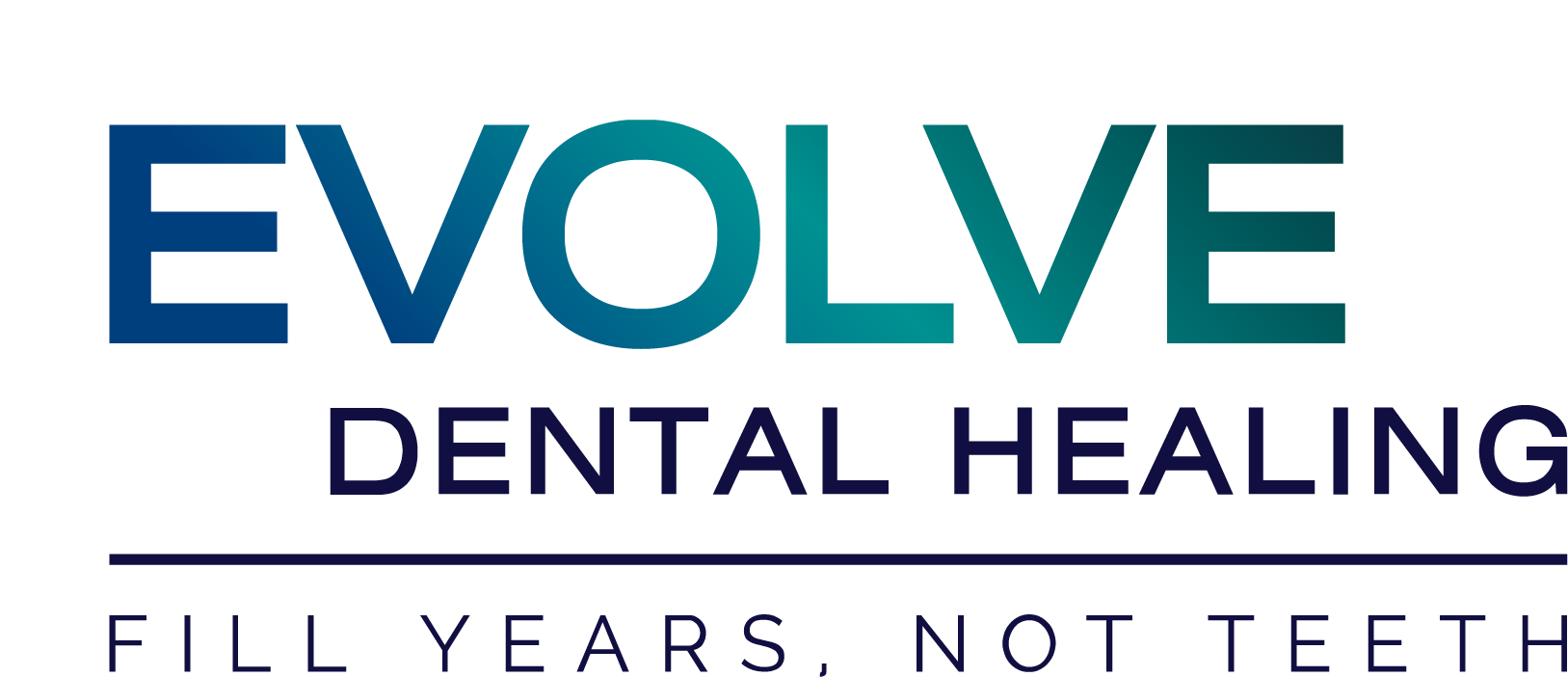No Mercury for Children and Pregnant Women

The use of dental amalgam containing 50% mercury to end for children and pregnant women – meaning it can no longer be used by dentists for these vulnerable individuals.
We are witnessing the beginning of the end for the use of mercury in dentistry worldwide, following two monumental advancements.
The Fourth Conference of the Parties (COP) of the Minamata Convention on Mercury agreed to amend the treaty on March 25, 2022, to call for the end of the use of amalgam — or mercury fillings (also known, misleadingly, as “silver” fillings) — in teeth of children under 15 and pregnant and breastfeeding women.
Treaty Amendment Protects the Most Vulnerable
The Minamata Convention on Mercury encompasses a broad package of mercury reduction and elimination measures worldwide. In an intense three-year campaign from 2010 through 2013, the umbrella global alliance founded by Consumers for Dental Choice, the World Alliance for Mercury-Free Dentistry, succeeded in securing a strong amalgam plan in the treaty.
The Minamata Convention on Mercury entered into legal force in 2017, triggering conferences of the parties to implement it worldwide and a new amalgam policy was set in the European Union, which banned the use of mercury fillings in children under 15 and in pregnant and breastfeeding women, effective July 1, 2018.
The worldwide campaign to end amalgam for children — as a springboard to ending its use entirely — reached another major milestone at the March 2022 COP. With Africa and the EU leading the way, governments around the world have signalled that they’re no longer willing to put the most vulnerable at risk from mercury fillings. It was said at the time
“This breakthrough decision is the beginning of the end of dental amalgam use around the world. There is finally official acknowledgement that mercury fillings can have adverse health effects on women and children. Mercury is a dangerous neurotoxin, and it cannot be justified any longer to place it in the mouth of women and children.”
European Commission, FDA Recommend Against Amalgam
Signs that the world is coming together to phase out dental mercury have been increasing in recent years. In a report released by the European Commission in August 2020, it’s stated:
“The review undertaken makes clear that the phase-out of the largest remaining use of mercury in the EU — dental amalgam — is technically and economically feasible … Therefore, the Commission will present to the European Parliament and the Council in 2022 a legislative proposal to phase out the use of dental amalgam.”
In September 2020, the U.S. FDA also issued a safety communication to warn about the use of dental amalgam in certain high-risk populations. The FDA warned that the following groups “may be at greater risk to the potential adverse health effects of mercury exposure”:
| Pregnant women and their developing foetuses | |
| Nursing women and their newborns and infants | |
| People with pre-existing neurological disease | |
| People with known heightened sensitivity (allergy) to mercury or other components of dental amalgam | |
| Women who are planning to become pregnant | |
| Children, especially those younger than 6 years of age | |
| People with impaired kidney function |
The warning came due to concerns that these populations could be exposed to harmful levels of mercury vapour from the fillings, and the potential for mercury to convert to other harmful mercury compounds in the body. In addition, they cited concerns about whether “the degree of accumulation of mercury from dental amalgam results in negative (adverse) health outcomes.”
Dental Amalgam Contains Harmful Mercury
In fact, it’s well-known that dental amalgam, which contains about 50% mercury, is harmful, as mercury is toxic to the nervous system.
When you chew food or brush or grind your teeth, mercury vapours are released from the fillings. You’re also exposed to such vapours at the time the fillings are placed, and people with mercury fillings have higher levels of mercury in their bodies than people without them.
According to research published in the journal Radiology:
“The release of mercury from amalgam fillings occurs through metal ions (mercury ions) and evaporation of mercury (elemental). Various conditions that occur during and after the restoration process, such as chewing, brushing, and corrosion, result in mercury discharge.
Although approximately 40% of the mercury released from amalgam passes into the saliva in the form of metal ions and enters the gastrointestinal system (10% is absorbed), 60% is released as mercury vapour and is either inhaled and enters the circulation in the lungs or is exhaled.
It has been suggested that release of mercury into the environment during the application or removal of amalgam may also have some potentially detrimental effects on the body.”
A review published in the journal Biometals described mercury’s toxicity as “insidious,” in part because it binds to sulphur, which is found in cellular proteins necessary for both structural and functional purposes.
Mercury’s effects in the body include altering membrane permeability, increasing oxidative stress and mitochondrial dysfunction and altering the production of neurotransmitters, cytokines and hormones.
“The resulting symptoms — variable and nonspecific,” the researchers noted, “may be difficult to detect until much damage has been done.” While your body can eliminate some mercury via urine and faeces, the metal also impairs detoxification enzymes, adding to its toxicity.
Not only is mercury from dental fillings transferred to breast milk but released mercury vapour can concentrate in the developing foetus — and developing neurons are particularly at risk from mercury damage.
“Chronic mercury toxicity is especially insidious because symptoms are variable and nonspecific, diagnostic tests are often misunderstood, and treatments are speculative at best,” the Biometals researchers noted. “Throughout the world, efforts are underway to phase down or eliminate the use of mercury dental amalgam.” That statement was made in 2014 — and in 2022 we’re finally seeing signs that the end of dental amalgam use is near.
Major Amalgam Manufacturers Stop Production
In December 2020, the world’s largest dental products manufacturer Dentsply announced that they had discontinued sales for all amalgam products.
Envista, the last publicly traded manufacturer of dental amalgam in the U.S., is now following suit, following letters from 118 environmental, consumer and children’s groups that called on the company to stop selling amalgam.
As recently as 2020, Envista had disregarded the FDA’s amalgam recommendations in its marketing, while also incorrectly stating in its 2020 filing with the Securities and Exchange Commission that the FDA had taken no regulatory action on amalgam since 2011.
In the third quarter of 2021, Envista stopped manufacturing amalgam products that may contain mercury.
“We ceased manufacturing these products in the third quarter of 2021 and communicated this decision to our customers in November of 2021. As part of this communication, we cancelled many of our customers outstanding orders for amalgams containing mercury and directed our customers to our other materials that do not contain mercury.
We also engaged in a vigorous campaign to assist our customers in swapping their amalgam products containing mercury to materials that do not contain mercury. We ceased active marketing of the products in November of 2021and expect all remaining inventory will be responsibly disposed of by the end of Q1 2022.”
No Dental Mercury for Children and Pregnant Women
Now that Evista has stopped manufacturing mercury fillings, and a worldwide position to stop the use of amalgam in children and pregnant and breastfeeding women has been adopted, the end of mercury dental fillings is near.
However, there are still dentists who are using this toxic product, often in people who have no choice, including low-income families, soldiers, veterans and others using government dental programs.
Further, many dental insurance companies (in the USA) refuse to fully cover mercury-free dental fillings, adding more barriers to keeping this toxic substance out of human mouths.
With manufacturers of amalgam drying up, however, and growing acknowledgement that the world will no longer accept this primitive practise, there is increasing hope that it will soon disappear into history.
Mercury Free Dental Fillings
Fortunately, mercury-free fillings are widely available. One of the most popular alternatives to amalgam is resin composite, which is made of a type of plastic reinforced with powdered glass. It’s already common throughout the U.S. and the rest of the developed world, offering notable improvements over amalgam, as it:
- Is environmentally friendly
- Helps preserve teeth
- Is easier to repair
- Is durable and can be even longer-lasting than amalgam
If your current dentist is still using mercury in his or her practice — even if they also offer mercury-free options — seek out a dentist that offers only mercury-free fillings for all patients. And be sure to inform your dentist about the reason you’re transferring.
Safe Removal of Mercury Fillings
For those of you who have mercury fillings, I recommend having them very carefully removed by a competent biological or holistic dentist like Evolve Dental Healing who follows professional protocols for amalgam removal.
However, do not remove fillings while pregnant or breastfeeding, as this could expose you to increased mercury from mercury release (dumping) from your own body which crosses the placenta and accumulates in breast milk.
Amalgam Removal Dentist Brisbane
The team of Evolve Dental Healing Brisbane Holistic Dentist is knowledgeable and highly trained in the treatment of Safe Amalgam Removal.
Dr Rachel Hall, Brisbane Holistic Dentist, is a dental expert with 30 years of experience. She has extensive experience in providing holistic dentistry, safe amalgam removal, and cosmetic dental services.
We offer state of the art technology and dentistry with a difference where your total health is as important as your smile.
Replace your amalgam mercury fillings, book an appointment with Evolve Amalgam Removal Dentist Brisbane 07 3720 1811
-
Dr. Rachel Hall
Rachel is the founder and principal dentist at Evolve Dental Healing with over 30 years experience, practising holistically since 2001. Not your typical dentist, Rachel is a passionate opinion leader, challenging convention to empower people to make better dental and health choices, helping thousands to have healthy natural smiles. A respected writer and presenter on holistic dentistry, health and wellness it is Rachel’s mission to revolutionise the way people look at their dental health.
Talk to us for more details and information
CONTACT US
67 Kenmore Road
Kenmore Queensland 4069
Phone: 07 3720 1811
Fax: 07 3720 1899
Email: info@evolvedental.com.au
OPENING HOURS
Monday – Friday: 7:30am – 5:30pm
References and Citations Mercury & Amalgam Fillings




